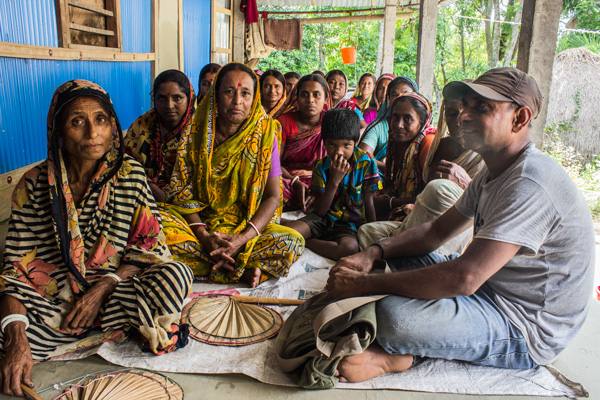What if the way to fix school food in America was by making it free for everyone?
This is exactly the solution that Janet Poppendieck comes to in her book, Free for All: Fixing School Food in America.
Free for All explains how school food has evolved throughout its history and details the problems that exist within the current system. Ultimately, it demands a revolution in the way we view school food and in the operation of the entire system. The cornerstone of Poppendieck’s vision for a healthier and more equitable school food system lies in free school meals for all.
The problems within the current school food system can be traced back to its history, which Poppendieck describes as a series of “wars:” the war on poverty, the war on hunger, the war on waste, the war on spending, and the war on fat. The battle scars from these wars have left their marks on the National School Lunch and Breakfast programs, making the regulations that govern nutrition and eligibility increasingly strict, but also increasingly inefficient and ineffective.
To understand what is actually happening in cafeterias across the U.S., Poppendieck worked in a school cafeteria in the Northeast and spoke with the cafeteria workers to learn about their experiences. Cafeteria workers have long been the most undervalued staff in America’s schools and their voices are rarely heard. In many schools, cafeteria workers do not need cooking skills at all, since their job is merely to reheat frozen pre-cooked products. The lack of skill required makes them easily replaceable and thus gives them little power to bargain for better wages or benefits.
How did cafeteria workers go from making scratch-cooked meals to reheating frozen pizza? The answer lies, at least partially, in the way the nutrition of school meals is regulated. Although they are carefully designed and well intentioned, the increasingly strict nutrition regulations for school food may not actually be improving it. By focusing almost exclusively on nutrients, these regulations allow and even encourage processed food companies to simply add the necessary nutrients to junk food and continue selling it at schools.
The burden of meeting the increasingly specific requirements while staying within a tight budget can cause those in charge to lose sight of the real goal: providing nutritious meals. School Meals Initiatives reviewers from the Mississippi Department of Education recommended offering low-fat but high-sugar desserts, such as low-fat pudding, as a way for a school to reach calorie minimums without exceeding fat allowances and staying within the budget. As Poppendieck explains, “Caught between calorie minimums and fat ceilings, more sugar appeared to be the most affordable fix.”
The availability of other foods that can be purchased on school campuses through the snack bar or a la carte line are doubly problematic. First, they encourage children to resort to less healthy, but perhaps more appealing options for lunch rather than the federally regulated meal. Second, these purchased foods become a status symbol in schools, causing the federally regulated meal to be seen as “welfare food.” This stigma can lead even those who qualify for free lunch to opt out, to avoid being known as poor.
Although the book is academic and can get bogged down in acronyms and confusing legislation and regulations, Poppendieck does a good job of mixing this with the personal experiences of the people involved in school food programs, from cafeteria workers to school administrators. The book largely focuses on outlining the problems that exist within the school food system, but it also calls attention to those who are changing school food for the better.
In Compton, California, where the majority of students are African American and the poverty rates are very high, assistant food service director Tracie Thomas began a farmers’ market salad bar. The students not only ate the fresh vegetables provided, but actually began to prefer the salad bar over the hot entree. Programs such as these provide hope that school food can be used as a force for good.
The conclusion of Free for All proposes big changes to school food. According to Poppendieck, we should stop thinking about foods in terms of nutrients and instead think in terms of whole foods. In order to do this, we need to retrain cafeteria staff how to cook food, instead of just how to reheat it.
Of course, the cornerstone of her proposal and perhaps the most controversial change she supports is making school lunch free for everyone. You’re probably wondering how she proposes to pay for that. Poppendieck suggests several viable solutions including: using proceeds from the federal income tax, a higher capital gains tax, a tax on sodas, and reducing subsidies for corn and soy.
Providing free food for all schoolchildren is a worthwhile investment in our future. It would remove the stigma of school food as “welfare food” and encourage more children to participate. Hungry children would be better able to concentrate, allowing them to excel in the classroom and escape the cycle of poverty.
Free for All ultimately argues that making school food free for everyone would change the perception of it from a welfare program, constantly having its budget cut, to a health program, an investment in our future that deserves more support.





















